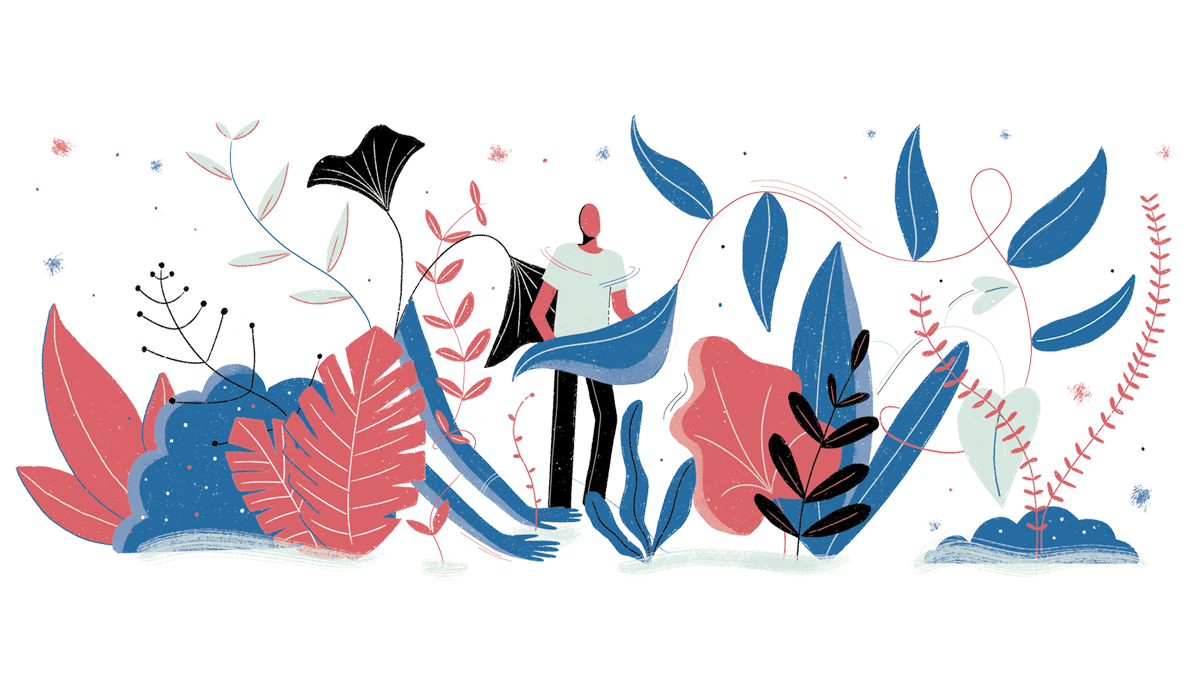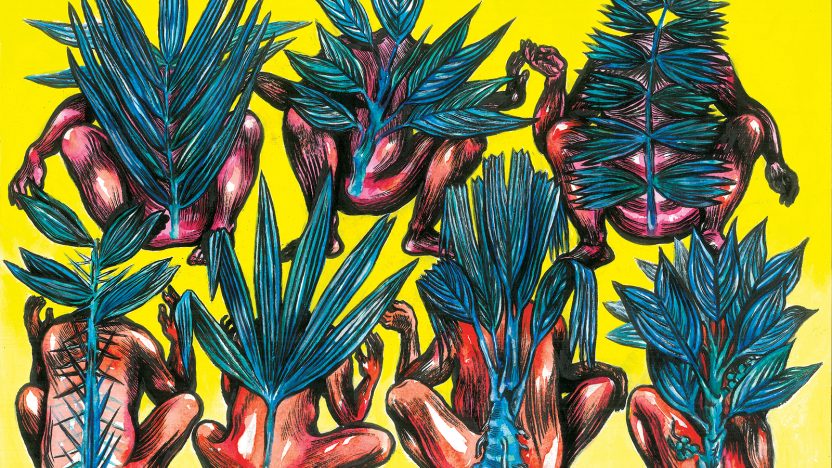
The value of diverse cultural content is a driver for sustainable organizations — and sustainable economies
There is hardly any company now that does not talk about ESG and sustainability, and yet, the feeling is that no advancements are actually being made. What is standing in the way?
by Christian Schneider
Steven Kamenar / Unsplash
How does a leadership tradition rooted in power and control affect our response to social innovation and climate change? Fear of the consequences of continuing to ignore our impact on climate change, coupled with growing discomfort with existing structures and systems, from organizations to governments, is being clearly expressed by various groups composed mainly of younger generations. Some refer to laws, rules, and regulations to keep their actions at bay, but besides those activists, there are various forms of allies, from declared support to understanding in silence. Aside from this broad awareness, a wave of new regulations concerning sustainability and accessibility from governmental institutions is underway. There is hardly any consulting firm that does not post ESG on their websites or any industry that does not attempt to respond to this societal discomfort and doubt with equity and greenwashing. Still, most are short-term initiatives and not substantial interventions to initialize highly needed change processes. What is standing in the way?
The feel after the facts
In simple terms, those bottom-up movements can’t be controlled by top-down, imposed leadership. What people think, feel, and desire can be quite impactful once a turning point is reached. For far too long, little systemic changes but sacrifices imposed on the individual played into the cards of who went on with business as usual, whether for the difficulty to change or for the sheer benefit of doing so. Now, we have got to a point where our happiness is on the line. What can we desire when the rivers are dry, when we fear yet another, even hotter summer? How do we cope with growing uncertainty while our trust in leadership evaporates?
We are not in a situation where it makes sense to just think about raising awareness anymore; we are in a situation in which we must deal with substantial changes that affect our lives. We are used to control; we make it hot in winter and cold in summer, using a lot of energy to do so. And we have now run out of control, as even solar panels are produced in China.
In our organizational structures, the desire to dominate, control, and enjoy ourselves individually or within restricted groups is fainting. A director’s approach with self-centric, frontal leadership that uses any contributions to confirm one’s own principles and ideas is running out of fuel. We can see the incapacity to accept and integrate diverse perspectives, which are nearly always perceived as threats to one’s own ideas and identity, and nostalgia, which is used to legitimize keeping power and control. There is also a paradox: the realization that change is needed to maintain a struggling system. We need immigration to sustain economies that are suffering from demographic change. To go on with the same, we need others.

Illustration by Francesca Ragazzi
Arising new leadership
The main challenge is integration, which should not be confused with adaption. Analyzing how someone new does not fit in an established system is not very smart. It would be wiser to see how we can benefit from new perspectives. It is a misconception that the educational levels of immigrants are lower than the national workforce, and a fact that, for instance, in NYC, most local small businesses are composed of immigrants, frequently without the necessary paperwork.
In our maxi systems, we lead with democracy. You can say what you want – but many will encounter difficulties doing what they are good at. Initiatives are contrasted with perfectionism and claim on tradition and experience. Very few know how difficult this becomes when you add on bureaucracies of different systems to overcome. We will be pressed in a new scheme, whether clearly structured or invisible. However, new, international business units that became more imminent with online working and HR that need to respond to DEI and ESG regulations are now faced with the need to change structures and ways of collaborating that we were used to.
Diversity can be a driver for innovation. In design-driven innovation processes, we cultivate a leadership approach that is prone to deal with uncertainty. Instead of working towards achieving (numeric) goals, we first create a space for diverse contributions and then codify the input received instead of proposing ideas and taking everyone with us. Transversal Strategic Design principles aim to engage various contributions and unveil opportunities by relating any project to diverse people, analog realities, greater networks, and ecosystems.
Here, the value of cultural content and cultural diversity is the engine for the quality of any project and its integration into our systems and environments. The interaction of different thought and behavior patterns is always enriching; it lays the foundation for any innovation process.
A desire for the new
The overdue advancement of a democratic way of living and working together would be the development from freedom of speech to free and independent contributions from everyone. What we do and how we do it says more than many words — which might result from manipulations, biases, and categorizations anyway. In 2006, the UN defined “the right to remain distinct”. It would be a good time to implement this right by turning it into an opportunity.
We can benefit from a syncretistic approach and open up to what is different from where we come from and are used to working with. We should not insist on “how we always did it” or on the established “we know how it works best.”
We can design flexible, adaptive frameworks that allow leeway. We can make decision-making processes transparent and connect them to communication models to enhance efficiency. With bottom-up approaches, we can increase our innovation capacities and competitiveness. We can boost our economy if we turn around an elitist approach and not only let in but listen to those who have been excluded from the game.
Culture generates economy, and different cultures can enrich the economic landscape if a framework and leeway allow individual contributions. Local understanding and knowledge can show unique perspectives and bear great potential – if they connect. The communication of different approaches is a reciprocal enrichment, a mutual engagement, and catalyzation. In contrast, the selective integration into a uniform, static system inevitably leads to exclusions. Our future could benefit from the interaction of diverse cultural contents and knowledge and how to adapt, for instance, to extreme climatic conditions.


